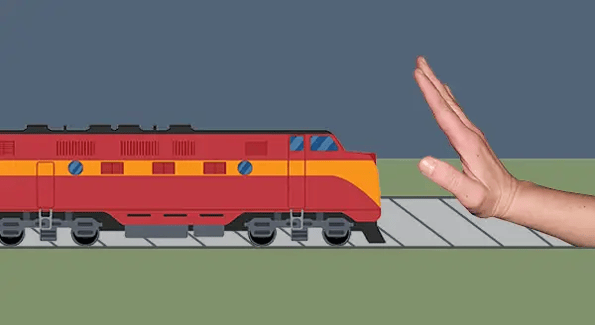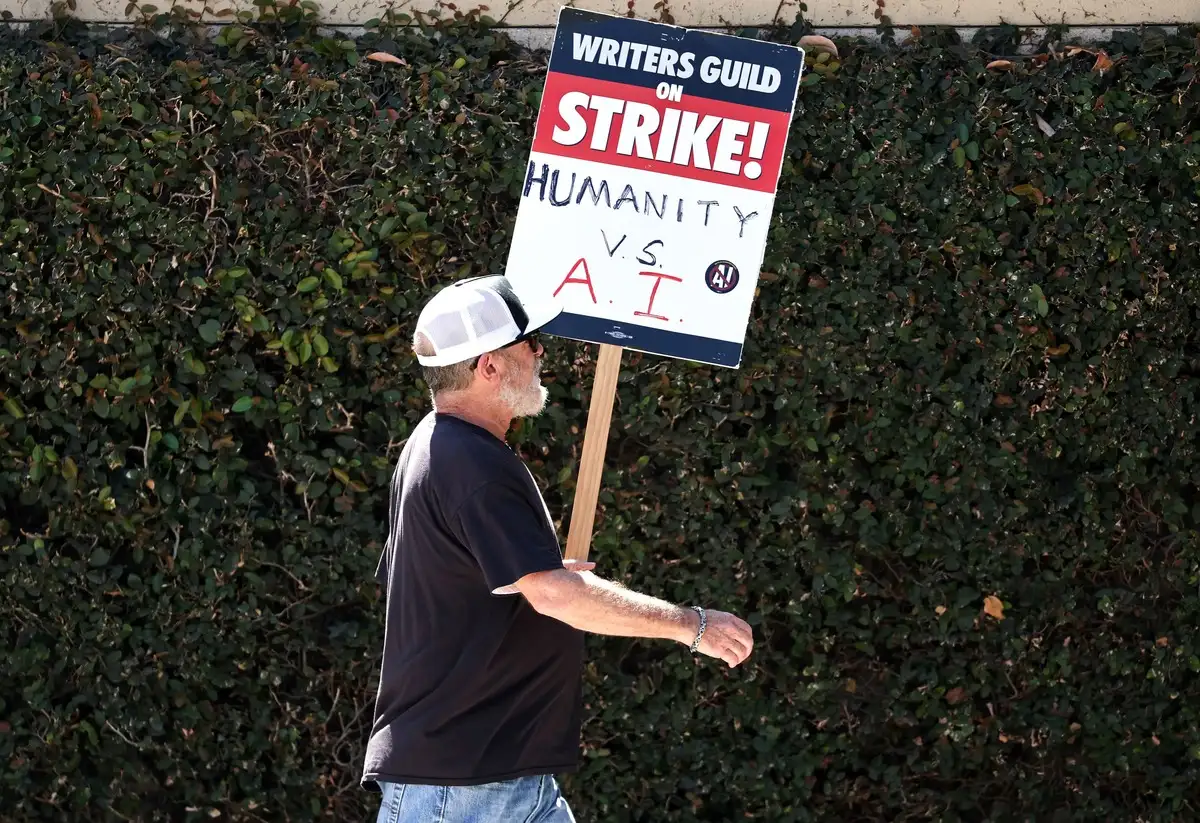About 40% of long-distance shipping in the US is by train. Which is why a railroad strike that could begin as soon as Friday could have serious consequences across the country.

As of Monday, neither the Brotherhood of Locomotive Engineers and Trainmen (BLET) nor the SMART Transportation Division (SMART TD), had reached an agreement with carriers, per CNBC.
They represent about half of railroad union workers.
What do they want?
What everyone wants: time off.
- Some railroads use a points-based attendance system that labor reps say puts workers on call for 12 hours a day and penalizes them for sick or vacation days.
Railroad reps argue the system is necessary to combat staffing shortages, but labor reps counter that carriers have laid off workers to cut costs.
The US Surface Transportation Board notes that the largest carriers by revenue have reduced staff by 29% over the last six years.
What would happen?
A strike would:
- Shut down ~7k daily trains
- Cause shortages, shutdowns, and price hikes across sectors. That includes food: railroads transport 20% of all grain and half of fertilizer.
- Cost the economy ~$2B per day
Trucks can’t help. It’d take an extra 460k+ of them a day, which the American Trucking Associations says is “not possible” — that industry is short ~80k drivers.
Federal officials…
… are holding emergency meetings to prepare, per The Washington Post, and there is precedence for government intervention.
Back in 1992, Congress passed a bill to end a railroad strike after just two days.











